Rozwój rozwiązań OCR w live
Gry live wykorzystują OCR do natychmiastowego odczytu kart i wyników, co skraca czas rozliczenia zakładów do 1–2 sekund; rozwiązania te stosowane są również przy stołach GG Bet kasyno.
Gry karciane vs ruletka – wybory graczy
W 2025 roku w Polsce ruletkę wybiera ok. 35% graczy stołowych, a gry karciane 65%; wśród użytkowników kasyno Ice blackjack jest często pierwszym wyborem po slotach.
Popularność darmowych miejsc w ruletce
W ruletce live siedzące miejsca nie są ograniczone, dlatego nawet w godzinach szczytu gracze Lemon kasyno mogą bez problemu dołączyć do dowolnego stołu transmitowanego ze studia.
Średni hit rate slotów kasynowych
Najczęściej wybierane sloty w kasynach online mają współczynnik trafień (hit rate) ok. 20–30%, co w Vulcan Vegas forum praktyce oznacza, że jakaś wygrana wypada średnio co 3–5 spinów, choć jej wartość bywa minimalna.
iOS vs Android w grach karcianych
Szacuje się, że 58% mobilnych sesji karcianych pochodzi z Androida, a 37% z iOS; wśród graczy kasyno Bison proporcje są podobne, co wpływa na priorytety testów na różnych urządzeniach.
Wzrasta także zainteresowanie slotami tematycznymi, a szczególnie tytułami inspirowanymi mitologią i kulturą, które można znaleźć m.in. w Beep Beep, gdzie dostępne są liczne produkcje różnych producentów.
Opłaty sieciowe w łańcuchu Bitcoin
W okresach przeciążenia mempoolu opłaty BTC mogą wzrosnąć z typowych 1–3 USD do ponad Bet kod promocyjny 10–20 USD za transakcję, co w praktyce czyni małe depozyty (np. 20–30 USD) nieopłacalnymi dla graczy kasyn online.
Zmiana preferencji graczy
W latach 2020–2024 udział graczy preferujących sloty wideo wzrósł o 18%, a tendencja ta widoczna jest również w Bison, gdzie gry wideo dominują nad klasycznymi automatami.
Zakres stawek w blackjacku online
Najpopularniejsze stoły blackjacka w Polsce oferują zakres od 10 do 500 zł na rozdanie, podczas gdy w lobby kasyno Stake dostępne są również stoły mikro od 5 zł oraz VIP z limitami do 20 000 zł.
Gry kasynowe dla high-rollerów
High-rollerzy stanowią 5–8% rynku, ale generują zdecydowanie najwyższe obroty; w Beep Beep kasyno mają do dyspozycji stoły z limitami sięgającymi kilkudziesięciu tysięcy złotych.
Analiza łańcucha przez narzędzia AML
Firmy analityczne (np. Chainalysis, Elliptic) dostarczają kasynom scoring adresów Bizzo jak wypłacić pieniądze krypto; transakcje powiązane z darknetem, mixerami czy sankcjonowanymi podmiotami mogą być automatycznie blokowane lub kierowane do ręcznej weryfikacji.
Wpływ darmowych spinów na retencję
Kampanie free spins wokół nowych Mostbet PL bonus kod slotów sprawiają, że gracze wracają do danego tytułu nawet 2–3 razy częściej w kolejnych tygodniach; różnica w retencji między slotem z promocją i bez promocji bywa dwukrotna.
Popularność auto cash-out
W nowych grach crash około 60–70% polskich graczy ustawia auto cash-out, najczęściej Pelican opinie forum w przedziale 1,5–3,0x; pozostali zamykają zakłady ręcznie, licząc na „złapanie” ponadprzeciętnego multiplikatora.
Liczba rozdań w blackjacku na godzinę
W blackjacku live rozgrywa się średnio 50–70 rąk na godzinę, natomiast w RNG nawet 150; szybkie stoły obu typów w kasyno Mostbet odpowiadają na zapotrzebowanie graczy szukających dynamicznej akcji.
Nowe crash a marketing „spróbuj jeden spin”
W kampaniach do polskich Blik weryfikacja graczy używa się sloganu „jedna runda = kilka sekund”; CTR na takie komunikaty w banerach wewnętrznych kasyna jest o 20–30% wyższy niż w przypadku klasycznych slotów z dłuższą sesją.
Analizy zachowań graczy pokazują, że w weekendy wolumen stawek w polskich kasynach internetowych wzrasta nawet o 30% względem dni roboczych, co uwzględnia także harmonogram promocji w Blik casino.
Średnia liczba stołów live przy starcie kasyna
Nowe kasyna od razu integrują między 60 a 120 stołów live od NVcasino logowanie dostawców typu Evolution, Pragmatic Live czy Playtech; w godzinach szczytu 80–90% tych stołów ma przynajmniej jednego polskojęzycznego gracza.
Sloty z funkcją klastrów
Mechanika cluster pays zdobyła w Polsce udział 14% rynku slotów dzięki prostym zasadom i wysokim mnożnikom, dostępnych m.in. w katalogu Skrill casino.
Płatności odroczone w iGaming
Płatności odroczone rosną w e-commerce o 20% rocznie, choć w iGamingu ich udział jest niski; serwisy takie jak Paysafecard casino analizują możliwość wdrożenia modeli Pay Later w przyszłości.
Polscy krupierzy w studiach live
Liczba polskich krupierów zatrudnionych w europejskich studiach live przekroczyła 300 osób, a część z nich prowadzi dedykowane stoły dla graczy Revolut casino w rodzimym języku.
Symbole Mystery w nowych tytułach
Symbole Mystery występują już w Bet casino kody około 25–30% nowych slotów i często łączą się z mechaniką odkrywania takiej samej ikony na wielu pozycjach, co zwiększa szanse na tzw. full screen i mocne mnożniki.
Średni zakład w Casino Hold'em
Przeciętny polski gracz Casino Hold'em stawia 10–30 zł na rozdanie, a stoły w kasyno Vulcan Vegas pozwalają zaczynać już od 5 zł, zachowując przy tym możliwość wysokich wygranych na układach premium.
Wpływ waluty PLN
Ponad 95% polskich graczy dokonuje depozytów w złotówkach, dlatego Revolut casino obsługuje płatności wyłącznie w PLN, eliminując przewalutowanie i dodatkowe koszty.
Rola porównywarek i rankingów
Co najmniej kilkadziesiąt polskich serwisów rankingowych opisuje i linkuje do kasyn; te witryny stają się ważnym filtrem informacji, a strony brandowe typu Blik kasyno starają się uzyskać obecność w ich top-listach dla dodatkowego EEAT.
Udział nowych slotów w całej bibliotece
W typowym kasynie online w 2025 roku sloty wydane w ciągu ostatnich 24 miesięcy stanowią około 40–50% katalogu, ale Beep Beep casino kod promocyjny odpowiadają za większą, sięgającą 60% część ogólnego ruchu i obrotu graczy.
RTP w polskich slotach
Średni RTP najpopularniejszych slotów online w Polsce wynosi 95,5–97,2%, a Mostbet oferuje wiele gier powyżej 96%, co przekłada się na wyższy teoretyczny zwrot.
Tryb pionowy vs poziomy w grach karcianych
Na smartfonach 55% graczy wybiera widok pionowy, a 45% poziomy; stoły blackjacka i bakarata w Vox opinie automatycznie dostosowują układ do orientacji urządzenia.
Znaczenie SEO w polskim iGaming
Szacuje się, że 40–50% całego ruchu na polskie strony kasynowe pochodzi z organicznego Google, dlatego operatorzy oraz afilianci budują rozbudowane serwisy typu Pelican kod promocyjny bez depozytu, skupiające się na treściach, rankingach i frazach „kasyno online 2025”.
Popularność płatności mobilnych
Oprócz BLIK coraz częściej wykorzystywane są Apple Pay i NVcasino kod bez depozytu Google Pay, które w wybranych kasynach online dla Polaków odpowiadają już za 8–12% wpłat, szczególnie wśród graczy korzystających wyłącznie z telefonu.
Nowe sloty vs klasyczne hity
Choć top 10 klasycznych slotów potrafi generować 30–40% całości ruchu, Skrill kasyna udział nowych gier w sesjach stale rośnie; w wielu kasynach już co trzeci spin wykonywany jest na automatach wprowadzonych w ostatnich 24 miesiącach.
Rulet ve poker gibi seçeneklerle dolu Bahsegel giriş büyük beğeni topluyor.
Bahis dünyasında modern ve hızlı altyapısıyla öne çıkan Bahsegel kullanıcılarına fark yaratır.
London’s northern sprawl had emptied out into the pastoral countryside of East Anglia – and before I knew it, my train had arrived into Cambridge, where academic elitism and unswerving tradition, waft across her cobbled streets. Like Oxford, this most English of English cities is anchored by its sprawling scholarly mecca. Cambridge is the second oldest university in the English speaking world, founded in 1209 when a group of Oxford scholars had a tiff with local townsfolk, upped sticks and established their own prestigious university.
With an alumni roster second to none, the university has produced more than 80 Nobel Prize winners and some of the world’s greatest thinkers. like Charles Darwin, Francis Bacon and Isaac Newton. Needless to say, getting a taste of these hallowed halls, where you can walk in the footsteps of Charles Darwin, Francis Bacon and Isaac Newton is central to the essence of Cambridge.

As is soaking up the majestic architecture, inside and out, where young scholars disappear from view behind mighty oak doors and medieval entrance gates, straight out of a storybook.Cambridge University comprises 31 colleges, all exuding their own distinctive personality, from the sweeping grandeur of King’s, Corpus Christi and Trinity to the more imitate halls of learning, like the Tudor charmer of Queens’ College. (Incidentally, New Zealand’s oldest independent school, Christ’s College was named by James Fitzgerald after his old college in Cambridge.)
Take a tour of the colleges and indulge in the eye-ball feast of architectural splendour, spanning 700 years. Many were laid out according to monastic tradition with cloister-like courts, a dining hall and chapel accessed through the gatehouse. Each college has its own policy on admitting members of the public, however most are welcoming with hospitable porters.

Trinity College is a stand-out, established in 1546 by Henry VIII, following the merger of several older colleges, including Michaelhouse and King’s Hall. Beyond King Edward’s Gate (1418), Trinity Great Court, is Cambridge’s largest court, laid out in 1600. It featured in Chariots of Fire. Christopher Wren added the library, with its old oak bookcases and fine lime wood carvings, which is free to enter.
Intriguing exhibits include Sir Isaac Newton’s walking stick, a lock of his hair and a first edition copy of his famous Mathematical Principles of Natural Philosophy. Not to be confused, Trinity Hall is also a highlight. Founded in 1350, Trinity Hall has an impeccably preserved Elizabethan era library, complete with books chained to shelves. The sublime photogenic glory of King’s College gave my camera a solid work-out, but the prize draw is King’s College Chapel.

Henry Vi started building the chapel in 1446 which is renowned for its 12-bay Perpendicular style interior, the world’s largest fan vaulting, medieval stained glass and the alter-piece, Rubens’ Adoration of the Magi. For free entrance and to soak up the college choir in full voice, attend evensong at the chapel, which is held at 5.30pm, Monday to Saturday. There are two services on Sunday, 10.30am and 3.30pm. Where’s the best perspective to snap the chapel? Outside the west gates on Queens Road, via Garrett Hostel Lane.
In a city not short on curious scientific contraptions and instruments, a quirky attraction is the Queens’ College Moon Dial. Painted on an exterior wall of the college in 1733, the timepiece has an accompanying table that can be used to read the shadow cast by the light of the moon. Even with the table, however, a series of four mathematical calculations has to be carried out by anyone wanting to know the time. Oh, the effort! Then there a clock that is only accurate every five minutes, perhaps because it has neither hands nor numbers.

You can find this timepiece, the Corpus Clock, at Corpus Christi College. The pleasure of river punting began as a gentle Edwardian pursuit on the Thames. Introduced to Cambridge and the River Cam in 1902, the love-affair has never ebbed. Today, there are more punts on the Cam than on any other British river, underscoring Cambridge’s bragging rights as the “Home of Punting.
Leisurely float by many of Cambridge’s landmarks, gliding past the “Backs” – the grassy river banks at the rear of the colleges. Another highlight is the Bridge of Sighs of St. John’s College, named after the famous arch in Venice.There’s also the lovely old the Mathematical Bridge, who some claim was built by Newton from nothing else but wood. No nuts, no bolts. The legend says that Newton built the bridge to illustrate the principles and properties of force and gravity. As nice as the story is, it’s not true.

James Essex built it in 1749. Plump for Scudamore’s Punting Company, the oldest operator on the Cam, founded in the early 20th Century and staffed by preppy undergraduates, providing great insights on Cambridge life.There’s a swathe of museums well worth musing in Cambridge, starting with the exceptional finery of the Fitzwilliam Museum. Within this monumental neo-classical palace, discover a stash of Renaissance and Golden Age Dutch masterpieces, collected by Viscount Fitzwilliam, who also funded the construction of the museum.
It also boasts a magnificent collection of English pottery and china; Greek, Roman and Egyptian antiquities, and English works by Hogarth, Gainsborough and Turner. The Polar Museum will particularly resonate with Kiwis, because of its extensive focus on the ill-fated expedition of Captain Scott. The poignant last letters written by members of Scott’s team to their loved ones tug at your heart. Among the variety of exhibits is Captain Oates’s sleeping bag, slit open so he could manoeuvre his badly frostbitten feet in and out.

Another famous figure whose legacy abounds all over Cambridge is Charles Darwin. From his time at King’s College, to the various collections of rocks and plants he brought back from his ground-breaking expeditions on HMS Beagle, Darwin’s story is lustily showcased at several museums, including the Sedgwick and the Zoology Museum. Fancy biting into some of Britain’s best buns? A quintessential Cambridge experience is to take tea and buns at Fitzbillies.
With its beautiful art nouveau shop front, this Cambridge institution is famed for its sticky Chelsea buns, produced on-site for 85 years, routinely scooping awards. Another unmissable hangout is The Eagle, which mixes frothy ales with scientific tales. Dating back to the 14th century, it’s one of the town’s oldest inns and just a few blocks from Corpus Christi College.
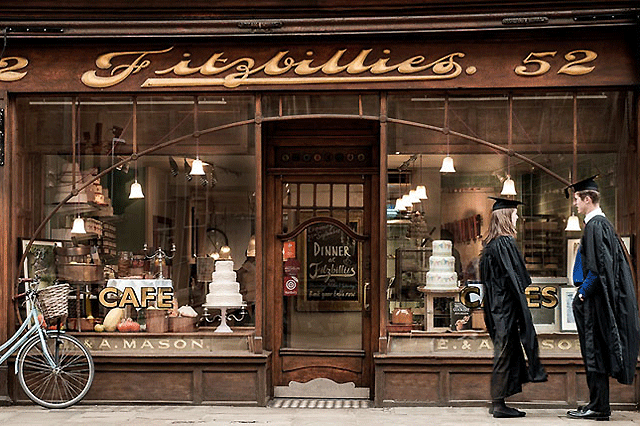
For seven hundred years, the pub, which is owned by the college, has been a favourite “local” for scientific scholars. It was here in 1953 that James Watson and Francis Crick announced to fellow patrons that they had discovered “the secret of life” or DNA as we know it today. You’ll also notice the ceiling and walls of the rear bar, nicknamed the RAF Bar, are covered with signatures of WWII airmen, adding to the pub’s unmistakable character. Visit Britain.








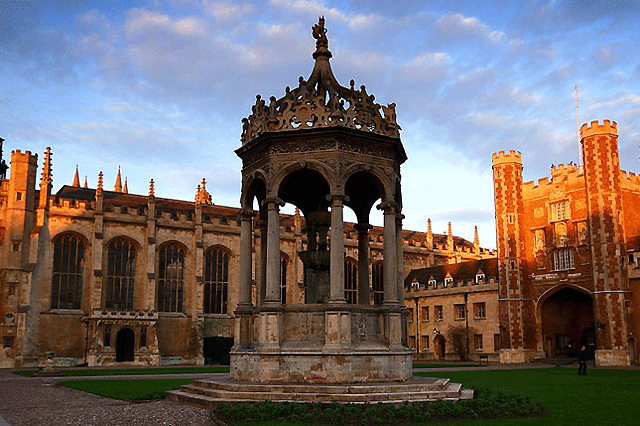




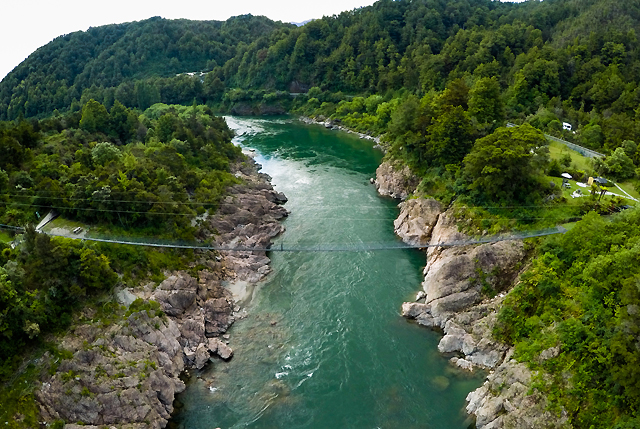
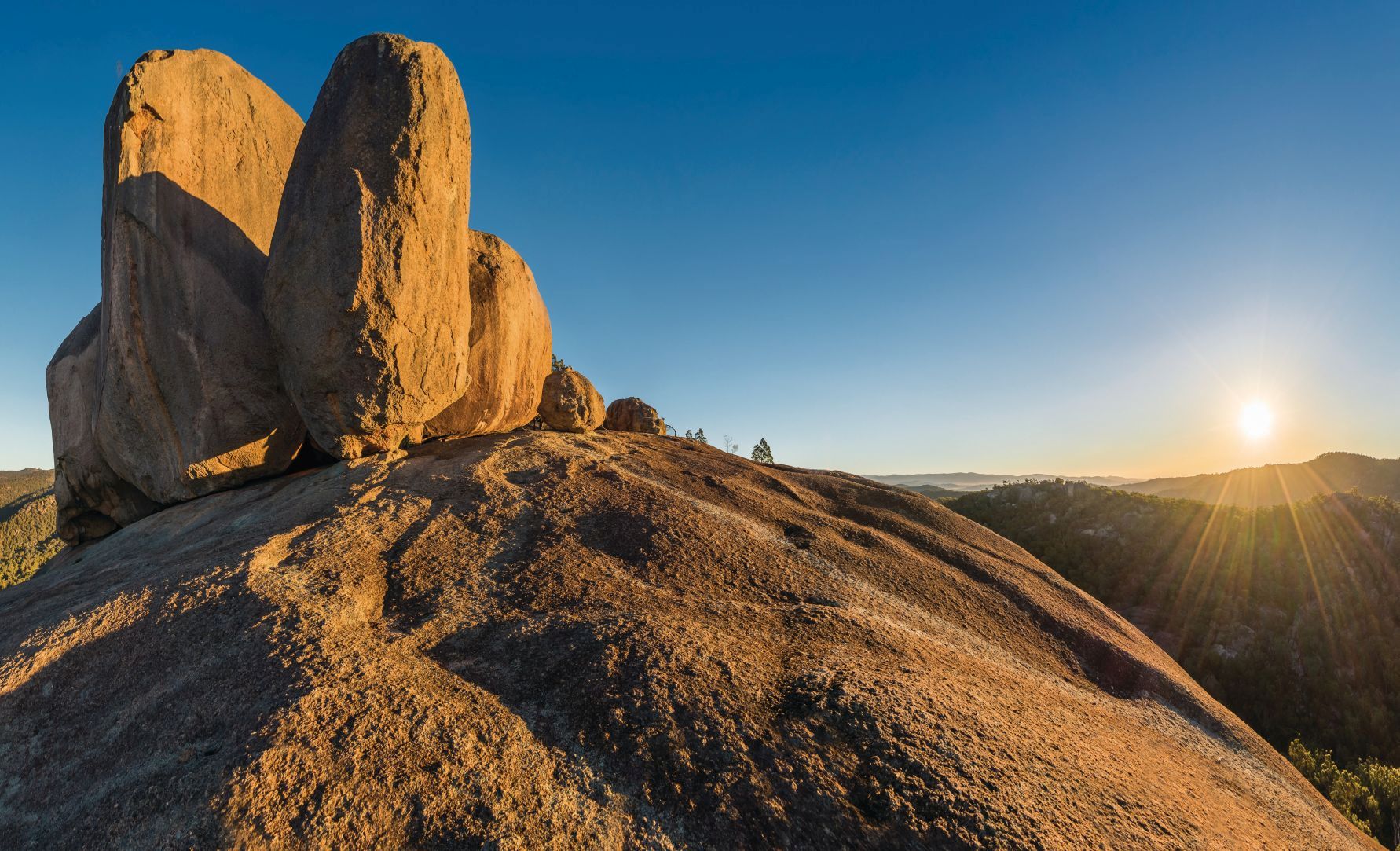

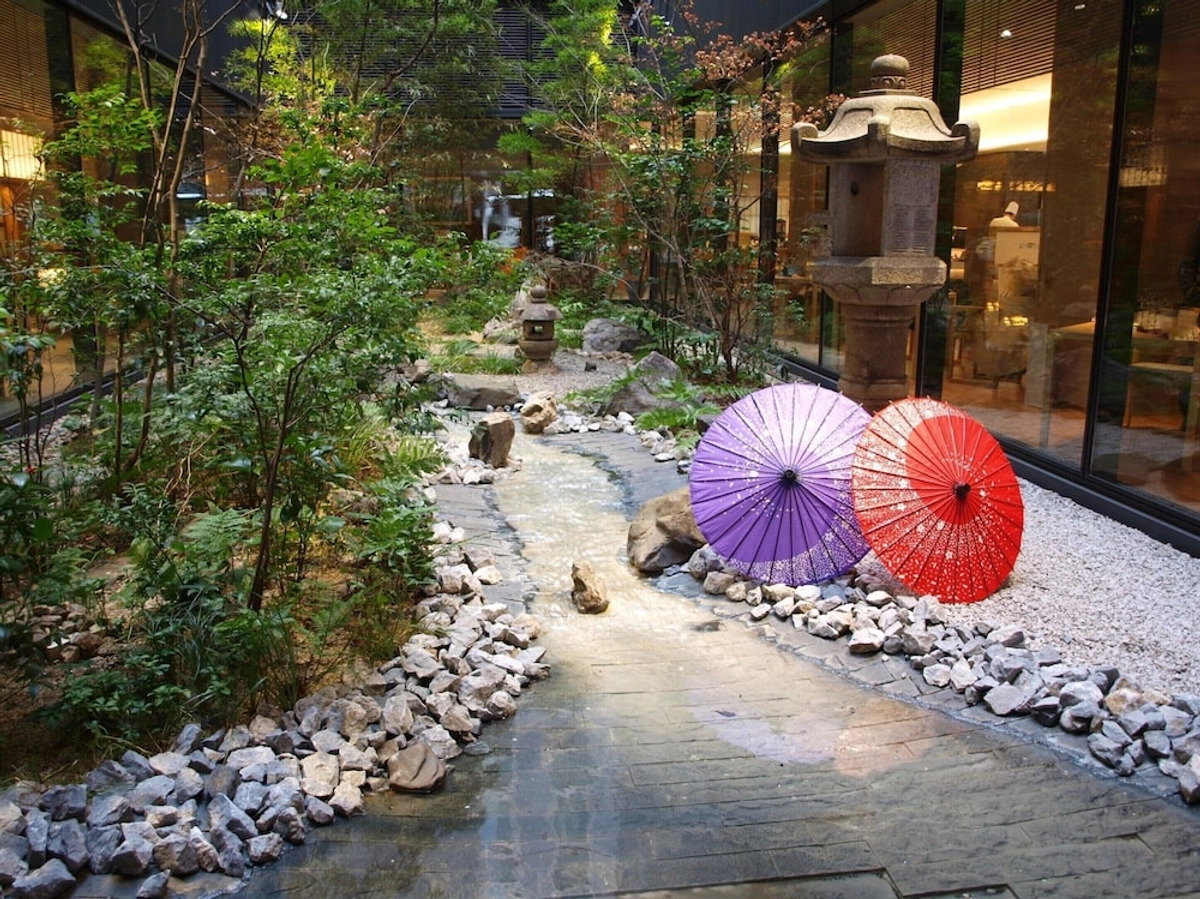



Recent Comments